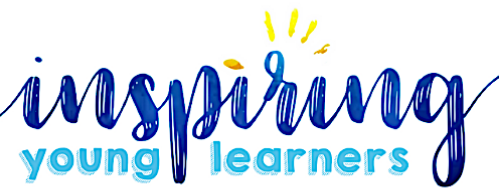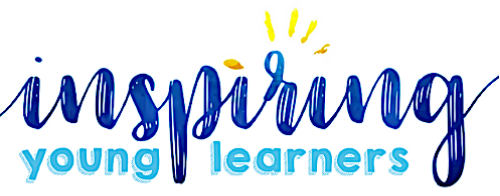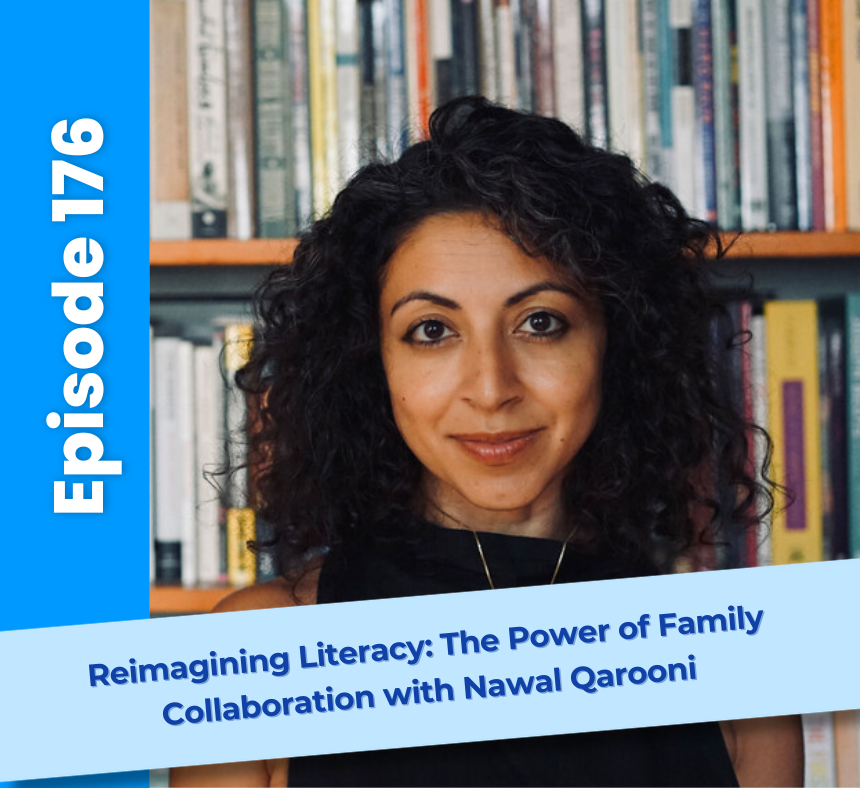The Power of Family Engagement
One of the central themes of this episode is the idea that families are already doing the work of literacy—they’re engaging with their children in powerful ways every day, often without even realizing it. Whether it’s through storytelling, cooking, or everyday conversations in multiple languages, families nurture their children’s literacy skills in ways that may not be recognized in traditional educational settings. Nawal emphasizes that when educators acknowledge the valuable literacy practices already happening at home, they can create more authentic and meaningful learning experiences for students.
A New Definition of Literacy
Nawal explains that literacy isn’t just about reading books or writing papers; it’s about connecting ideas, sharing stories, and communicating in all forms. In her own experience, Nawal’s literacy development wasn’t solely shaped by the classroom—it was shaped by her family’s rich cultural traditions and multilingual practices. She encourages educators to expand their definition of literacy, recognizing that language practices in the home—whether verbal, visual, or through activities like cooking and carpentry—are just as valuable as traditional academic literacy.
Building Connections Through Translanguaging
One powerful concept Nawal discusses is translanguaging—the practice of using multiple languages fluidly to communicate. In today’s multilingual classrooms, this approach allows students to draw from all the languages they know, enriching their understanding of literacy and empowering them to use their full linguistic repertoire. Nawal advocates for creating spaces where students and families feel comfortable using all the languages they speak, and where their diverse language skills are viewed as strengths, not barriers.
Strategies for Engaging Families in Literacy
Throughout the episode, Nawal shares practical strategies for educators to engage families in literacy development. She suggests starting with small, everyday conversations to learn about families’ cultures, traditions, and values. Questions like “What are your dreams for your child?” or “What languages are spoken at home?” can open doors to deeper connections and insights. Nawal also emphasizes the importance of seeing families as partners, rather than as an “other.” This shift in perspective allows educators to tap into the wealth of knowledge that families bring into the educational space, turning them into active collaborators.
One strategy Nawal employs is what she calls family lab sites, where families are invited into the classroom to work directly with their children on curriculum-based activities. These activities might include brainstorming personal narratives or analyzing visual art to build critical thinking. By including families in these experiences, Nawal helps bridge the gap between school and home, ensuring that literacy development is supported both in the classroom and outside of it.
The Role of Storytelling in Literacy
Storytelling plays a pivotal role in Nawal’s approach to literacy. She explains that stories are not just tools for language development—they also help children process their emotions, make sense of the world, and build empathy. Nawal encourages teachers to create space for storytelling in the classroom, allowing students to share their own stories and learn from the experiences of others. In her work, she’s seen firsthand how family storytelling strengthens students’ literacy skills and reinforces their cultural identities.
Creating Culturally Responsive Classrooms
In her book, Nourishing Caregiver Collaborations, Nawal outlines how schools can move beyond one-off family events and foster authentic, ongoing collaboration with families. Instead of assuming what families should be doing to support their children’s education, educators should engage in dialogue and mutual learning. This shift allows for greater cultural responsiveness in the classroom and ensures that all students feel seen and valued for who they are.
Conclusion
This episode with Nawal Qarooni is a reminder that family engagement is not a one-time event—it’s an ongoing partnership that can transform students’ learning experiences. By celebrating the cultural richness that families bring into the classroom and honoring the diverse literacy practices happening at home, educators can create more inclusive and meaningful educational environments. Nawal’s approach encourages us to rethink how we define literacy and how we can work together to help all students succeed.
If you’re ready to start reimagining family engagement in your own classroom, be sure to check out Nawal’s book, Nourishing Caregiver Collaborations, and explore the many ways you can integrate families into your students’ learning journeys.
Links and Resources:




